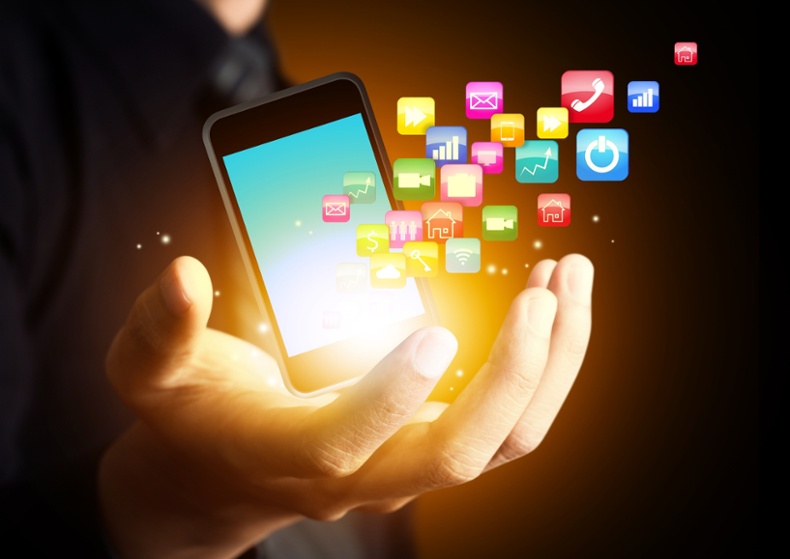Using Mobile Healthcare Apps to Obtain a Full Patient Story

Use of smartphones and wearable devices has skyrocketed in recent years. In fact, they are being used for multiple purposes including: portable monitoring, access to patient portals, and the use of health applications. A recent survey of 8,000 consumers showed that 33 percent rely upon mobile healthcare apps today versus only 16 percent in 2014. Patients’ using wearables doubled during that time, as well, though they mostly used apps for fitness (59%) and diet (52%). These programs represent an incredible opportunity when used as part of a larger healthcare plan. Mobile healthcare apps specifically allow for continuous monitoring and assessment and so help clinicians provide more personalized care.
Growing Potential
Smartphones contain remarkably powerful computers, cameras, microphones, sensors, and touch-enabled displays. Patients also carry them at all times, so smartphones and wearable devices like Fitbit, Jawbone, and the Apple Smartwatch are ideal for unobtrusive data collection in real time. For instance, Microsoft Band includes a heart rate monitor, 3-axis accelerometer, and sensors for skin temperature and ultraviolet light, among others.
However, most mobile healthcare apps remain focused on personal health metrics, with 110,000 fitness apps of 165,000 total health-related ones in a survey by IMS’s Institute for Healthcare Informatics. As another study on endocrine disease apps also notes, other kinds of support like references or medication tracking get overlooked. Furthermore, wearables and apps remain outside the healthcare system, without a way to integrate into electronic health records (EHR). Forging such connections will give clinicians access to a powerful resource – a continuous flow of patient biometrics.
Getting the Full Story
Incorporating apps fundamentally helps physicians understand a patient’s lifestyle. Accordingly, a Manhattan Research survey showed that over a third of physicians recommended mobile health apps to patients in the past year. Examples of mobile healthcare apps and wearables include:
- The popular Fitbit exercise tracker and sleep monitor,
- Apps that store and send notifications about medical history,
- Medication management apps that schedule and remind,
- Consultation apps with communication and remote consults,
- Glucometers and related reading apps for diabetics,
- Mental health apps that track disorders and provide support,
- And apps that deliver real-time feedback on adherence.
Although data from these apps can be transferred directly to a physician’s office, patients are likely more comfortable sharing in groups or during individual visits. All of the above offer one more entry point into a patient’s experiences, especially in managing the long-term difficulties of chronic disease.
Improving the Quality of Care
Physicians and patients alike benefit from using mobile healthcare apps to reduce healthcare costs in a convenient format that ensures timely access to care. Patient engagement and adherence rise with app use, too. In particular, patients are far more likely to stick to their diets, exercise routines, medication schedules, and check-up appointments with apps as regular support. At the same time, hospitalization rates and emergency room visits drop with improved communication between medical team members and better care coordination. One research study showed that mobile apps and better communication dropped readmission rates by 92 percent, while emergency room visits dropped 87 percent. The end result of app use is thus improved outcomes and overall quality of care.
In the future, mobile healthcare apps may be powerful enough to diagnose and prevent conditions like heart disease before they develop. In the meantime, despite their many benefits, they still lack clear evidence of clinical effectiveness. As a result, apps require clearer review by institutions like the Food and Drug Administration (FDA) to enable their prescription. No matter what the future brings, mobile apps must be integrated into a well-designed and coordinated care process to help patients and physicians together attain their goals for better health care.
—
Did you enjoy this article? Would you like to read more like it? If so, then consider subcribing to our weekly blogs.
![]()
Comments are closed.



Recent Comments